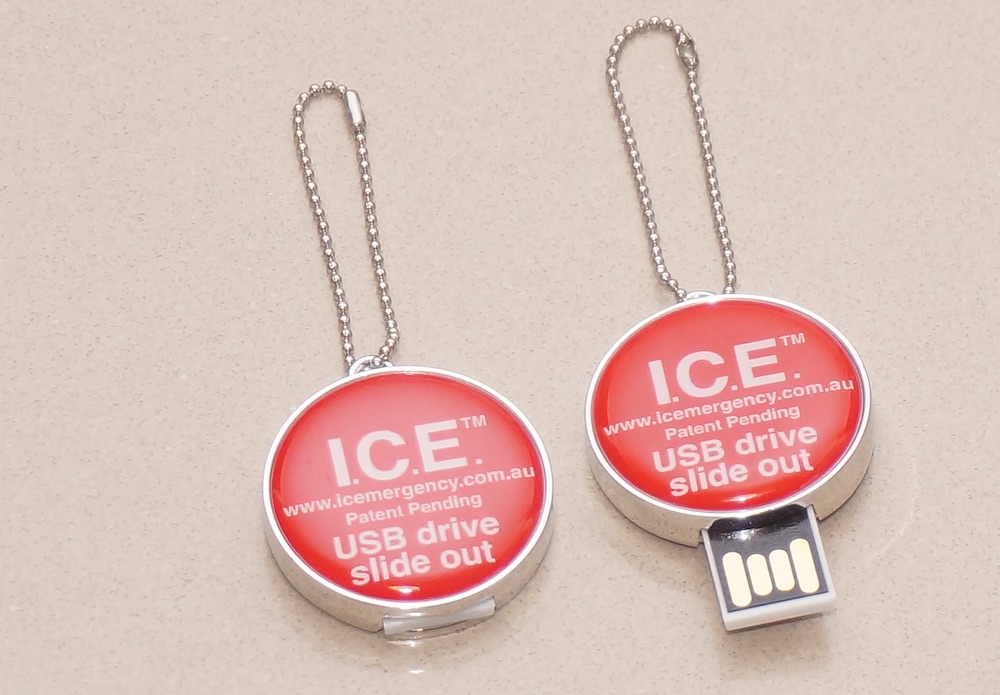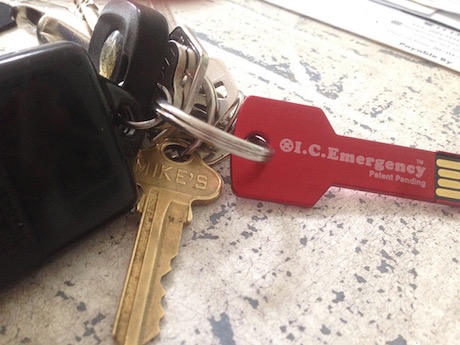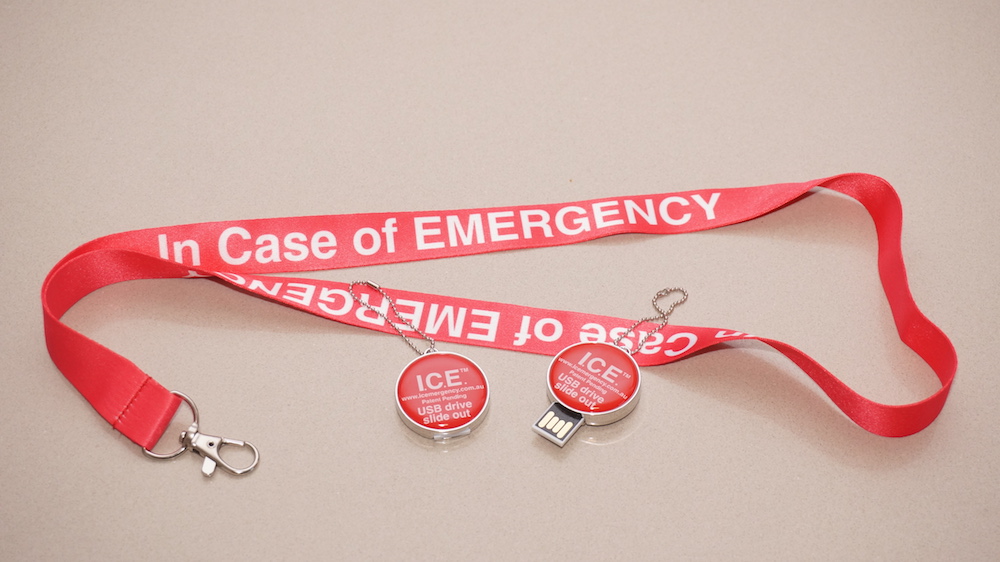A rider died without his family by his side six hours after arriving in hospital because the medical authorities had no idea who to contact.
This was the scenario that inspired 40-year riding veteran Tony Walton of Perth to address the situation and save some lives.

His invention is the ICEmergency USB which you can keep in your jacket pocket, attached to your keyring or placed around your neck with a lanyard.
BUY IT NOW ON THE NEW MOTORBIKEWRITER SHOP
It includes vital medical and contact information that can be used by first responders and/or hospital staff.
“About 12 months ago I had this idea. It came from a conversation I had with an emergency department nurse,” Tony says.
“She was telling me how much time she wasted trying to track down the ID and family of a rider that had been involved in an accident and he wasn’t able to be ID’d. She told me that he died after about six hours and the family could have been with him, but they couldn’t find them.
“It just seemed bloody obvious to me at the time that a form of ID with emergency contact details and medical details is vitally important.”
The cost of safety
The ICEmergency USB costs $19.95 and the lanyard is $3.95.
The USB is coloured red, the universal colour for emergencies, and is laser-engraved with the “ICEmergency” logo which is an internationally known term for In Case of Emergency.
Most ambulances now have tablets, rather than laptops, that do not have USB connections. However, this medical information can be accessed by emergency ward hospital staff.
The USB was originally produced in the shape of a key, but has been updated to a round USB.
“The keys, while good, are more suited to car drivers,” Tony says. “When a rider comes off, his bike may be quite a distance away. So you can wear it on a lanyard under your jacket and when emergency workers arrive they can’t help but notice it.”
Vital medical information
The USB includes three emergency phone contacts and the rider’s important medical details. They can include allergies to anaesthetics and whether they are taking any medications that may interfere with his emergency treatment.
Tony says the rider’s family can be notified by police while hospital emergency department staff will know what treatment is suitable for the patient.
The ICEmergency USB holds a single pre-loaded file which will take less than two minutes for the rider to fill in with relevant details.
“It took me 12 months to get the Patent Pending and Trademark sorted and getting the design right and manufactured,” says Tony, 56, a semi-retired marketing strategist.
*Riders are advised to keep their records with them whenever they ride. Apart from this USB, there are also smart phone apps, wrist bands, ID cards for your wallet and stickers for your helmet or bike that you can use. Anything and everything is better than nothing.





